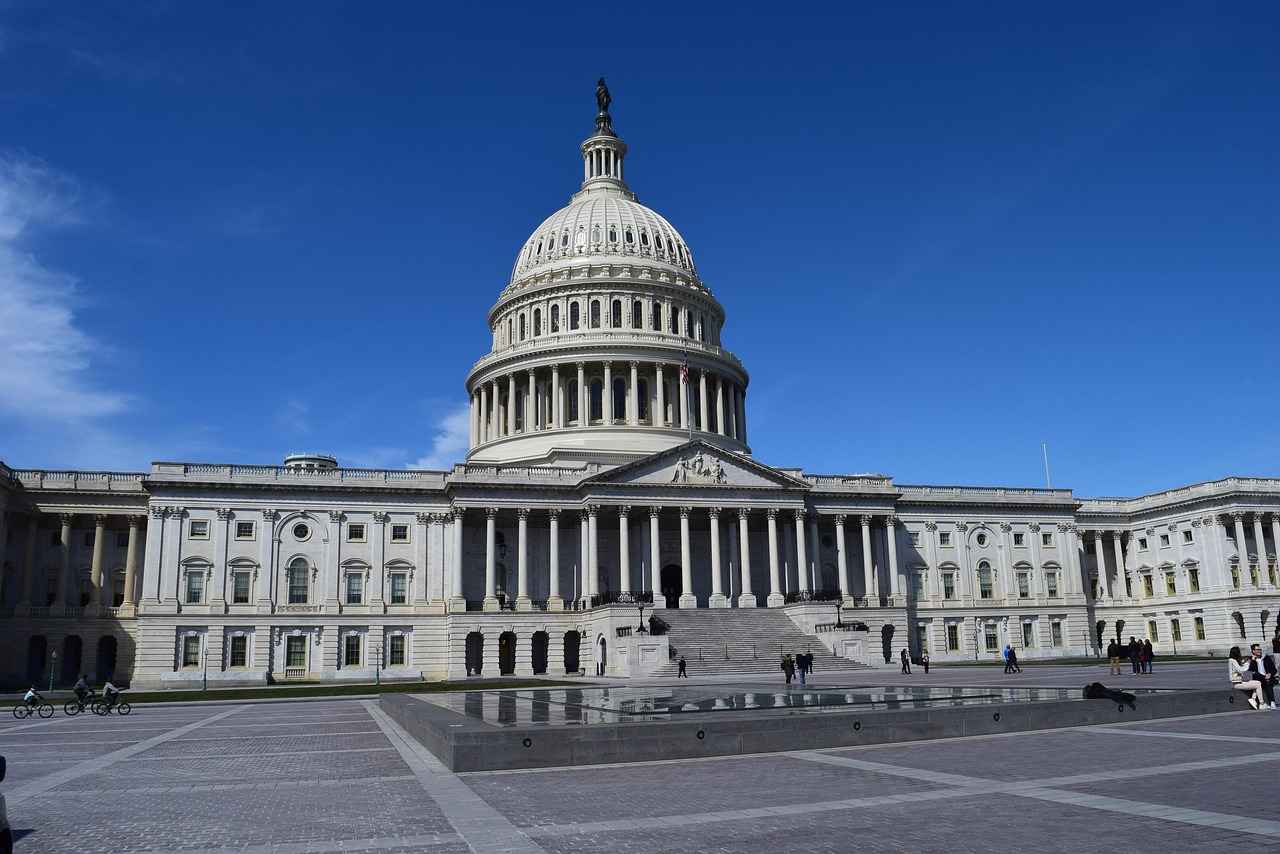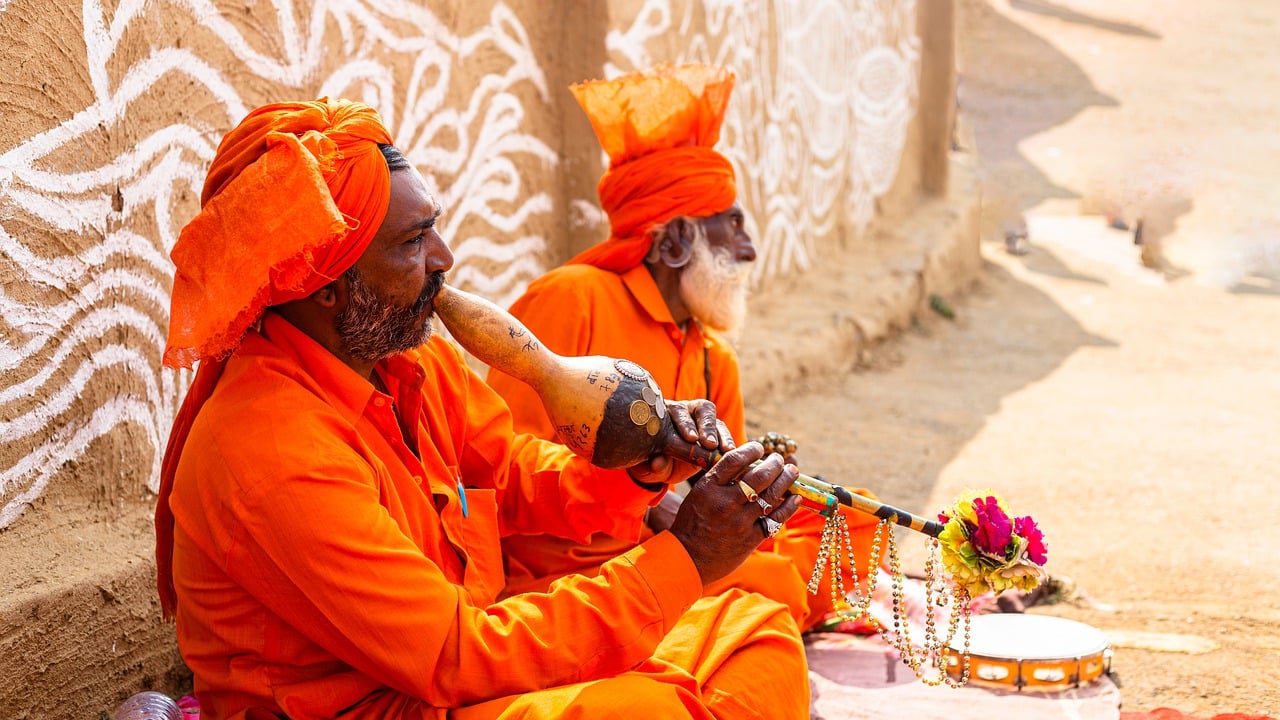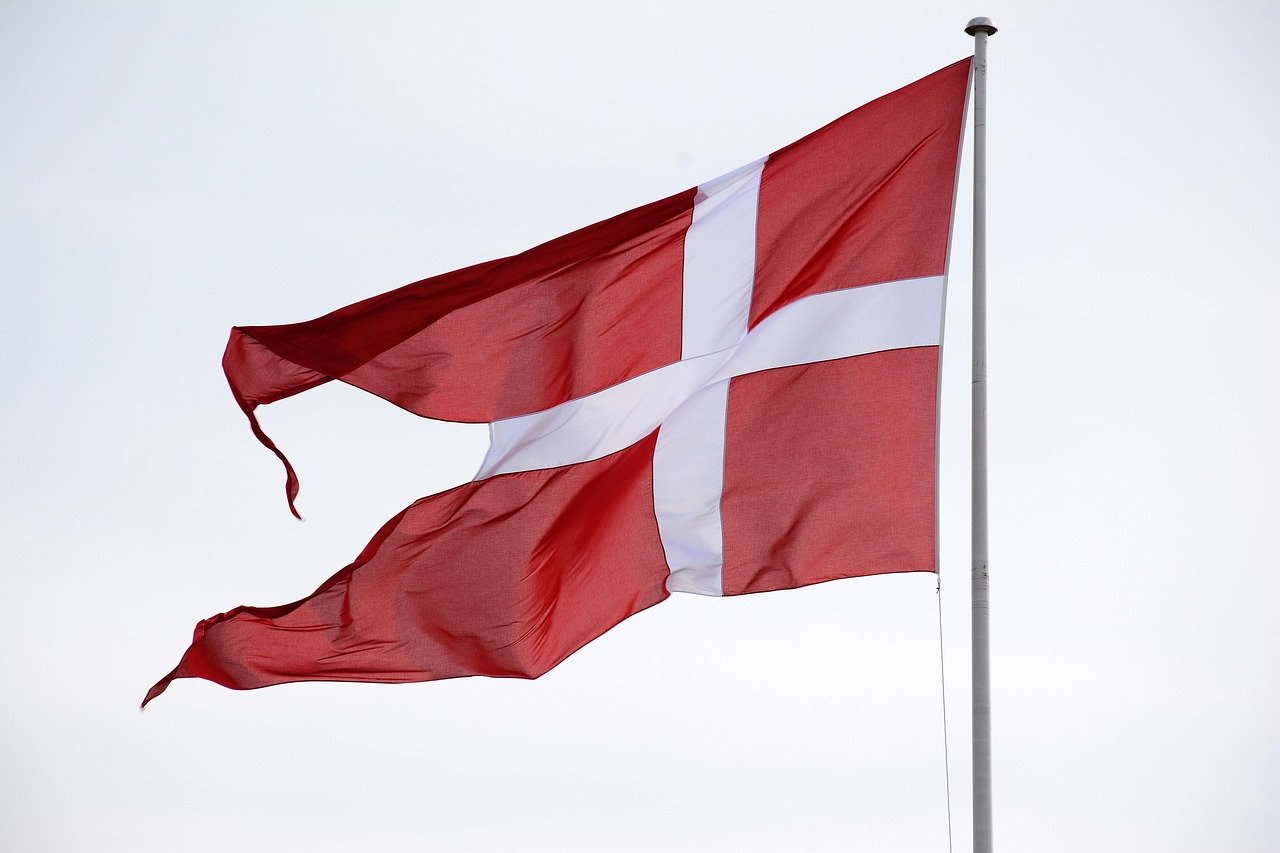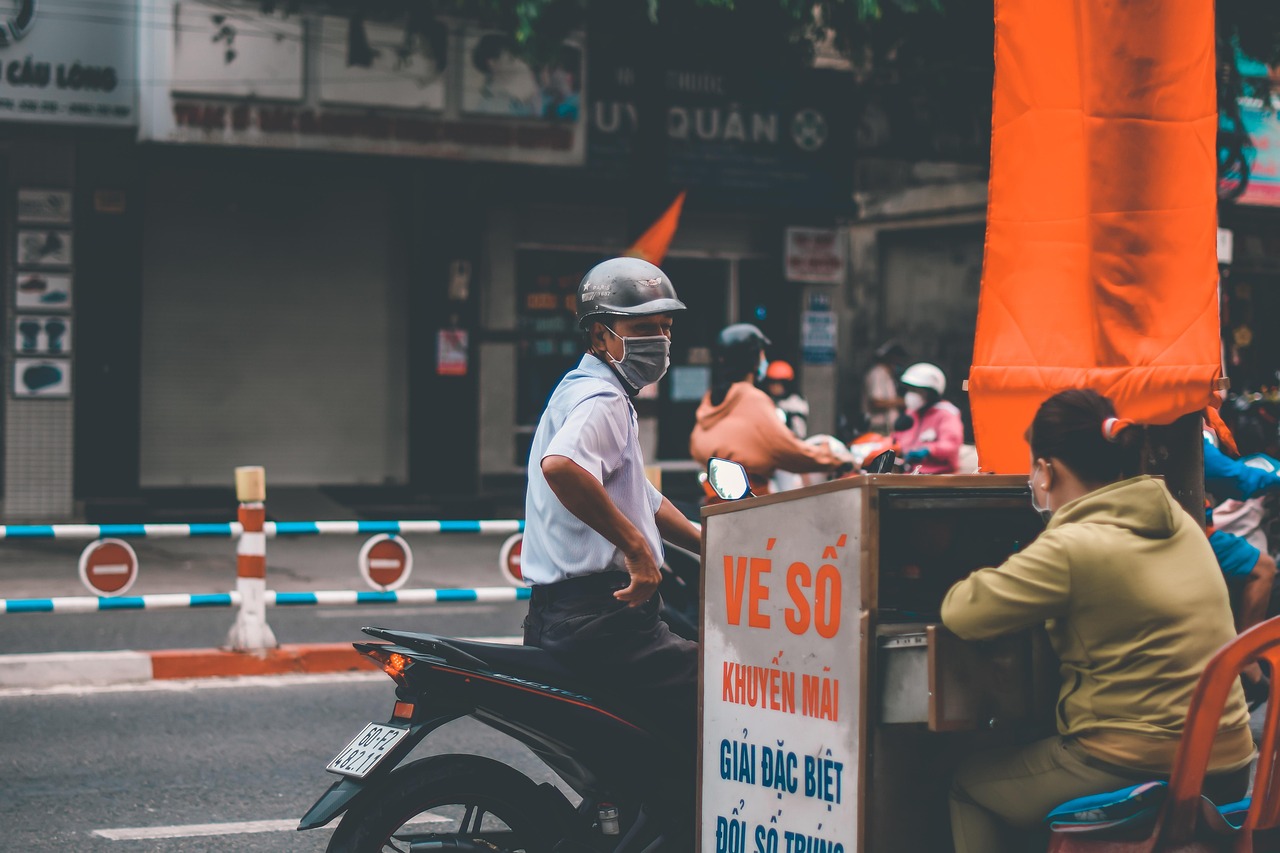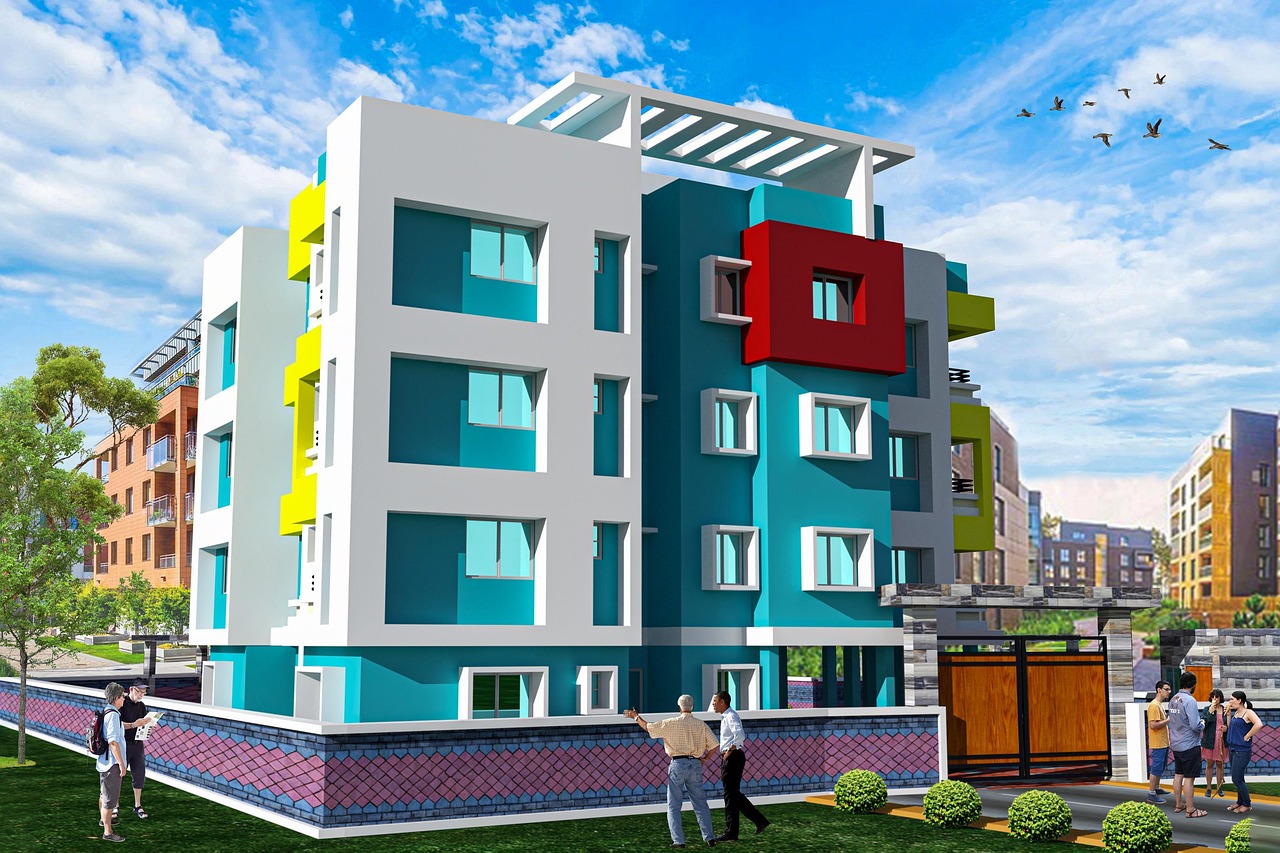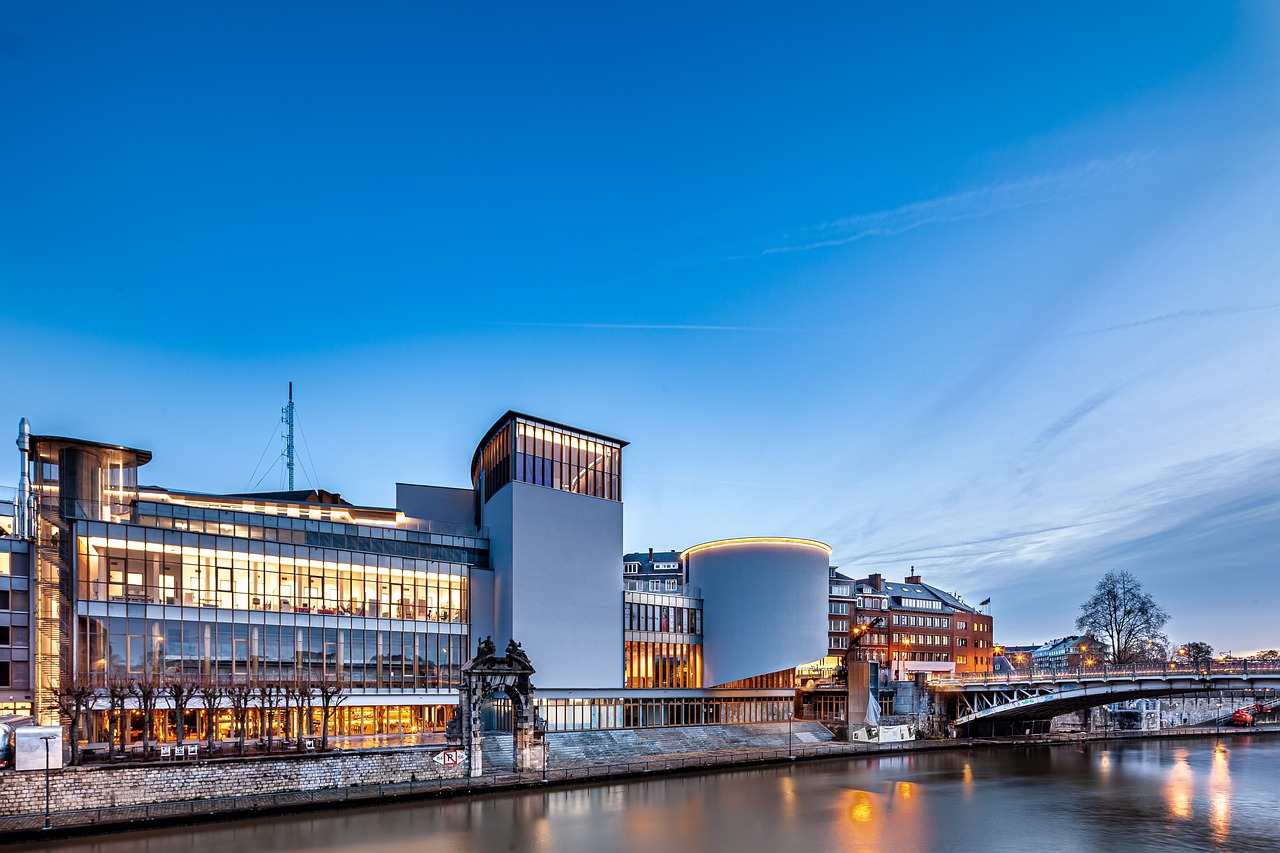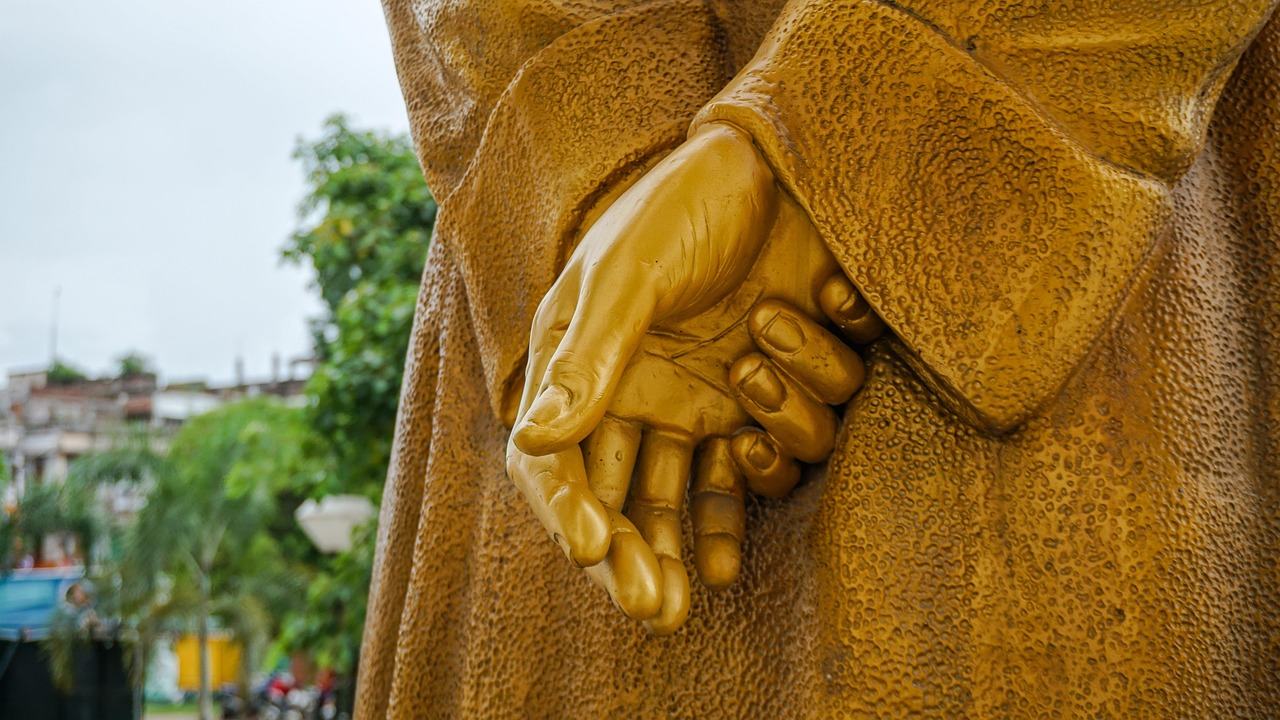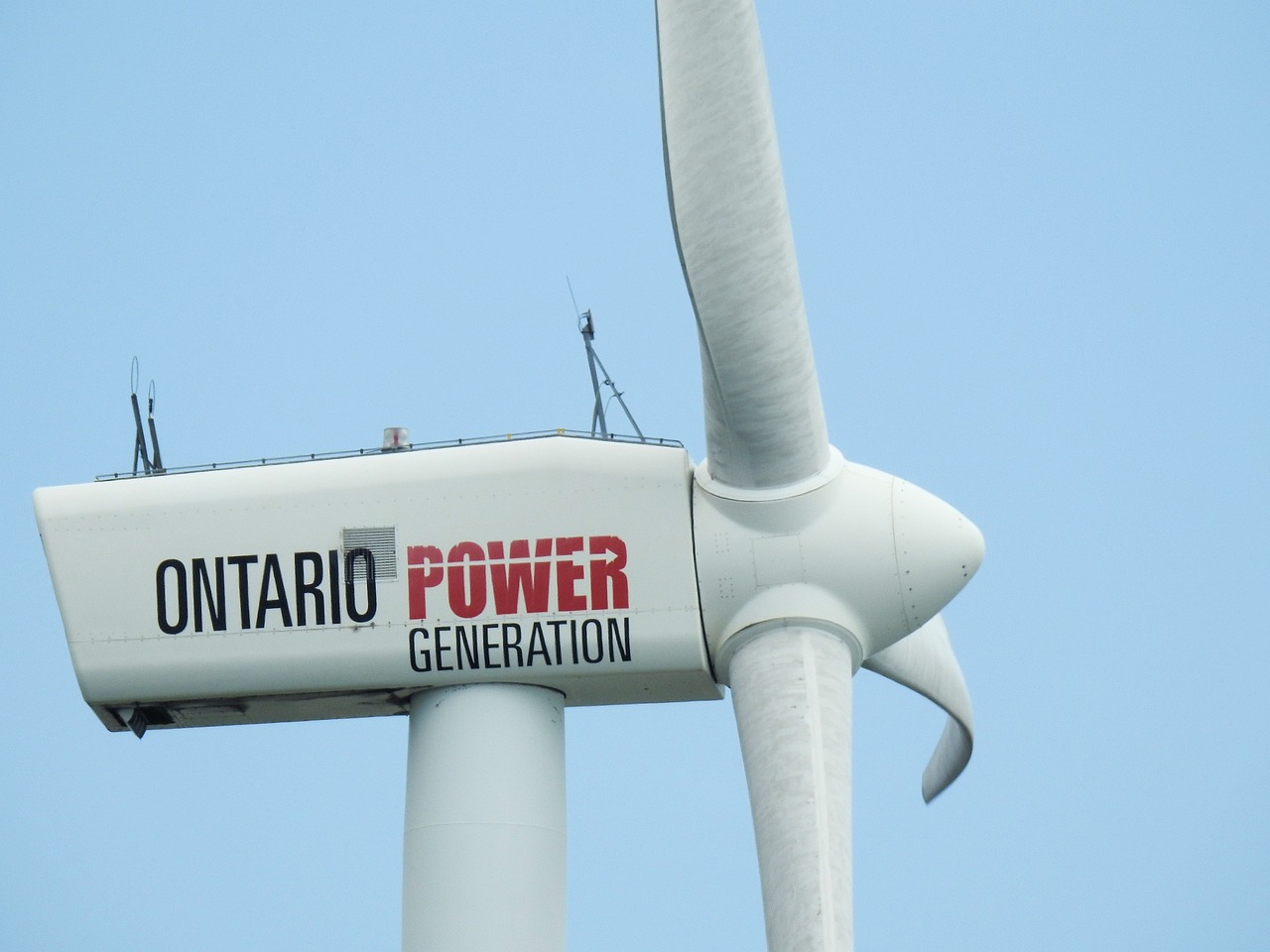This article explores the importance of opinion polls in the context of the 2021 West Bengal elections, shedding light on their implications for political parties and the sentiments of voters. Opinion polls serve as a barometer for public opinion, providing insights into how different political entities are perceived and the potential outcomes of electoral contests.
The Political Landscape of West Bengal
To understand the significance of opinion polls, it is essential to grasp the complex political dynamics of West Bengal. The state has a rich history of political engagement, with multiple parties actively competing for influence. The interplay between these parties creates a charged atmosphere where opinion polls can offer crucial insights.
Key Political Parties in the Election
- Trinamool Congress (TMC): As the ruling party, TMC faces increasing scrutiny and challenges, which opinion polls reflect.
- Bharatiya Janata Party (BJP): The BJP has gained traction, positioning itself as a strong contender against the incumbent.
- Left Front: Historically significant, the Left Front struggles to regain its former influence amidst changing voter preferences.
Understanding Opinion Poll Methodologies
Opinion polls utilize various methodologies to gauge public sentiment. These include considerations of sample size, demographics, and the potential biases that can influence results. A comprehensive understanding of these methodologies is vital for interpreting poll outcomes accurately.
Interpreting Poll Results: What They Indicate
Effective interpretation of opinion poll results involves recognizing margins of error and understanding the implications of shifting voter preferences. Polls can indicate trends, but they are not definitive predictors of outcomes.
Limitations of Opinion Polls
Despite their utility, opinion polls have inherent limitations, including potential inaccuracies and challenges in predicting voter turnout. These factors can significantly impact electoral results.
The Impact of Social Media on Voter Sentiment
Social media plays a pivotal role in shaping voter sentiment, influencing public opinion and possibly skewing the results reflected in opinion polls. The rapid dissemination of information can alter perceptions and voter behavior.
Conclusion: The Future of West Bengal Politics
As the elections approach, the insights gained from opinion polls will continue to shape the political landscape of West Bengal. Understanding these dynamics is crucial for all stakeholders involved.

The Political Landscape of West Bengal
Understanding the political dynamics of West Bengal is essential for interpreting the results of opinion polls, as various parties compete for power in this politically charged environment. The state’s political history is marked by a complex interplay of regional identities, socio-economic factors, and ideological battles. This multifaceted landscape influences not only the strategies of political parties but also the sentiments of the electorate.
In West Bengal, the political arena has been dominated by a few key players, primarily the Trinamool Congress (TMC), the Bharatiya Janata Party (BJP), and the Left Front. Each of these parties brings its unique strengths and challenges to the table:
- Trinamool Congress: As the incumbent party, TMC faces the challenge of addressing public discontent while retaining its core voter base. Recent opinion polls indicate a fluctuating support level, which could impact their electoral prospects.
- Bharatiya Janata Party: The BJP has been strategically positioning itself as a viable alternative to the TMC, capitalizing on dissatisfaction among voters. Their campaign strategies often leverage social media to reach a broader audience.
- Left Front: Once the ruling party, the Left Front is struggling to regain its foothold in a state that has seen significant political shifts. Opinion polls suggest that their historical legacy may not resonate as strongly with younger voters.
The political landscape in West Bengal is also shaped by cultural factors and regional aspirations. Issues such as unemployment, education, and healthcare are at the forefront of voters’ minds, influencing their decisions at the polls. Furthermore, the role of social media cannot be underestimated, as it serves as a platform for political discourse and public engagement.
In conclusion, the political dynamics of West Bengal are intricate and ever-evolving. As parties continue to vie for power, understanding these dynamics is crucial for interpreting opinion polls and predicting electoral outcomes. The upcoming elections will undoubtedly be a pivotal moment for the state’s political future.

Key Political Parties in the Election
The political landscape of West Bengal is characterized by a vibrant and competitive atmosphere, especially during election seasons. The 2021 elections have seen a significant involvement of major political parties, each presenting distinct strategies and ideologies to win over voters.
Trinamool Congress (TMC): As the incumbent party, the Trinamool Congress has been at the forefront of West Bengal politics. Founded by Mamata Banerjee, the TMC has focused on grassroots mobilization and welfare schemes. Their strategy emphasizes development initiatives and addressing local issues such as unemployment and healthcare. Despite facing criticism over governance and alleged corruption, the TMC aims to solidify its support by highlighting its achievements and countering opposition narratives.
Bharatiya Janata Party (BJP): The BJP has made significant inroads into West Bengal, transforming from a marginal player to a key contender. Their strategy revolves around nationalist rhetoric and promises of economic growth. The BJP has actively campaigned on issues such as cultural identity and security, appealing to both urban and rural voters. Their use of social media and grassroots outreach has helped them gauge public sentiment effectively, positioning themselves as a viable alternative to the TMC.
Left Front: Historically dominant in West Bengal, the Left Front has struggled to regain its footing in recent years. Their strategy focuses on social justice and labor rights, appealing to their traditional voter base. However, the Left Front faces challenges in adapting to the current political climate, where they must compete against the more dynamic TMC and BJP. Their campaign emphasizes the need for a strong opposition to ensure a balanced political environment.
In summary, the major political parties in West Bengal are employing diverse strategies to connect with voters. The TMC is working to maintain its hold on power, the BJP is striving to expand its influence, and the Left Front is attempting to revitalize its relevance. The upcoming elections will be a critical test of these strategies and the evolving political dynamics in the state.
Trinamool Congress: Incumbent Challenges
The Trinamool Congress (TMC), the ruling party in West Bengal, is currently navigating a complex political landscape filled with challenges that threaten its dominance. As the 2021 elections approach, the party faces increasing scrutiny from a resurgent opposition and growing public discontent. Recent opinion polls suggest a shift in voter sentiment, indicating that maintaining their hold on power may not be as straightforward as anticipated.
One of the primary challenges for the TMC is the rise of the Bharatiya Janata Party (BJP), which has been effectively capitalizing on the dissatisfaction among voters. The BJP’s strategic campaigning has resonated with a significant portion of the electorate, as reflected in various opinion polls. This growing support for the BJP has raised alarms within the TMC, prompting them to reassess their campaign strategies and voter engagement efforts.
Moreover, public sentiment towards the TMC has been influenced by several key issues, including economic concerns, infrastructure development, and social welfare programs. The party’s ability to address these pressing matters is crucial in retaining voter loyalty. Opinion polls indicate that many voters are looking for tangible improvements in their daily lives, and any perceived failure to deliver could result in a significant electoral backlash.
In response to these challenges, the TMC has ramped up its campaign efforts, focusing on highlighting its past achievements and future promises. However, the effectiveness of these strategies remains to be seen, especially as the opposition continues to gain momentum. The party must also contend with internal dissent and maintain unity among its ranks to present a formidable front against the opposition.
In conclusion, the TMC’s journey towards the upcoming elections is fraught with challenges. The party’s ability to adapt to changing public sentiment and effectively counter the rising opposition will be pivotal in determining its electoral fate. As the situation evolves, the implications of these opinion polls will be closely monitored, offering insights into the future of West Bengal politics.
Leadership and Campaign Strategies
The Trinamool Congress (TMC), under the leadership of Mamata Banerjee, has strategically positioned itself to retain voter loyalty in West Bengal. With a focus on grassroots engagement and addressing pressing issues, the party has crafted a multifaceted campaign strategy that resonates with the electorate.
One of the key elements of TMC’s campaign is its emphasis on local issues. By prioritizing concerns such as employment, healthcare, and infrastructure, the party aims to connect with voters on a personal level. This approach not only enhances voter loyalty but also showcases the party’s commitment to addressing the needs of the populace.
In addition to local issues, the TMC has effectively utilized social media to amplify its message. By engaging with younger demographics through platforms like Facebook and Twitter, the party has been able to create a vibrant online community that fosters discussion and mobilizes support. This digital strategy is crucial in a state where youth engagement can significantly influence electoral outcomes.
The leadership of Mamata Banerjee is characterized by her dynamic personality and her ability to connect with the masses. Her presence at rallies and public meetings often draws large crowds, reinforcing her image as a leader who is in touch with the people. This personal touch is a vital component of TMC’s campaign, as it helps to build trust and credibility among voters.
Furthermore, the party has adopted a proactive stance in addressing opposition narratives. By countering misinformation and highlighting its achievements in governance, TMC seeks to maintain a favorable public perception. This defensive strategy is crucial in a political landscape where opposition parties are keen to capitalize on any perceived shortcomings.
In conclusion, the leadership of the Trinamool Congress, coupled with its innovative campaign strategies, plays a pivotal role in shaping the party’s electoral prospects. By focusing on local issues, leveraging social media, and maintaining a strong personal connection with voters, TMC aims to secure its position in the upcoming elections.
Public Sentiment Towards the Incumbent
In the lead-up to the upcoming elections, understanding public sentiment towards the incumbent party is crucial. Recent opinion polls have shown a notable shift in voter attitudes, which could significantly impact the electoral prospects of the ruling party. This article explores the nuances of these changes and their implications.
Recent surveys indicate that the incumbent party, traditionally viewed as a stronghold in West Bengal, is facing increasing scrutiny from the electorate. Public discontent has been fueled by various factors, including economic challenges, governance issues, and rising expectations among voters. As a result, the incumbent party has seen a decline in its approval ratings, which could jeopardize its chances for reelection.
Moreover, the emergence of a robust opposition has further complicated the political landscape. The Bharatiya Janata Party (BJP), for instance, has capitalized on the growing dissatisfaction, presenting itself as a viable alternative. This shift in public sentiment is reflected in the polls, which suggest that a significant portion of the electorate is now considering switching their allegiance.
To better understand these dynamics, it is essential to analyze the factors contributing to changing public perceptions. Issues such as employment opportunities, healthcare access, and infrastructure development are at the forefront of voter concerns. The incumbent party must address these issues effectively to regain voter confidence.
In conclusion, the recent opinion polls reveal a critical juncture for the incumbent party. With public sentiment shifting, the ruling party must adapt its strategies to resonate with the electorate’s evolving expectations. Failure to do so could result in unforeseen electoral consequences, making it imperative for them to engage with voters and address their concerns proactively.
Bharatiya Janata Party: The Rising Opposition
The Bharatiya Janata Party (BJP) has made significant inroads in West Bengal’s political landscape, positioning itself as a formidable contender against the ruling Trinamool Congress. This shift has been evident through various opinion polls that indicate a growing support base among voters.
Historically, West Bengal has been a stronghold for the Trinamool Congress, but recent trends suggest a changing tide. The BJP has strategically leveraged opinion polls to assess voter sentiment, tailoring its campaign strategies to resonate with the electorate’s concerns. This approach not only highlights their adaptability but also their commitment to understanding the local political dynamics.
- Targeted Campaigning: The BJP has focused on key issues such as employment, development, and cultural identity, which resonate well with the voters.
- Grassroots Mobilization: The party has employed grassroots strategies to engage with the electorate, ensuring that their message reaches every corner of the state.
- Utilization of Social Media: Leveraging social media platforms, the BJP has effectively communicated its vision and countered narratives from opposition parties.
Opinion polls have indicated that the BJP’s support is not just limited to urban areas but is also gaining traction in rural regions. This broadening appeal can be attributed to their focus on development and governance, which has resonated with a diverse demographic.
Furthermore, the BJP’s leadership has played a crucial role in this transformation. With seasoned political figures at the helm, the party has managed to present a cohesive and compelling narrative that challenges the status quo.
In conclusion, the rise of the Bharatiya Janata Party in West Bengal signifies a shift in the political landscape. As the elections approach, the implications of these opinion polls will be critical in shaping the strategies of all parties involved. The BJP’s ability to maintain and expand its support will be a key factor in determining the outcome of the upcoming elections.
Left Front: A Historical Perspective
The Left Front has played a pivotal role in shaping the political landscape of West Bengal for over three decades. Established in 1977, this coalition of leftist parties dominated the state’s politics, implementing policies that focused on land reforms, education, and health care. Their governance was characterized by a strong emphasis on rural development and social justice, which garnered them substantial support among the working class and the agrarian community.
However, the political tide began to shift in the late 2000s. The Left Front’s prolonged tenure led to allegations of bureaucratic inefficiency and corruption, which ultimately eroded their support base. The rise of the Trinamool Congress (TMC), led by Mamata Banerjee, marked a significant turning point. In the 2011 state elections, the TMC ended the Left Front’s 34-year rule, signaling a dramatic shift in voter sentiment.
As of the latest opinion polls, the Left Front’s standing remains precarious. While they have made efforts to regain lost ground by forming alliances and rebranding their image, the polls indicate a struggle to connect with the younger electorate, who may not resonate with the historical narratives of the Left. The coalition’s current challenges include:
- Voter Apathy: A significant portion of the electorate appears disengaged from the Left Front’s traditional ideologies.
- Competition from TMC and BJP: The presence of formidable opponents like the TMC and the Bharatiya Janata Party (BJP) complicates their efforts to regain political relevance.
- Need for Modernization: There is a pressing need for the Left Front to modernize their policies and outreach strategies to appeal to a broader audience.
In conclusion, while the Left Front’s historical significance in West Bengal politics cannot be understated, their current standing in opinion polls reveals a challenging path ahead. To reclaim their former glory, they must adapt to the evolving political landscape and address the concerns of a changing electorate.

Understanding Opinion Poll Methodologies
Opinion polls play a crucial role in shaping the political landscape, particularly during election seasons. To fully grasp their implications, it is essential to examine the methodologies employed in conducting these polls. This includes considerations such as sample size, demographic factors, and potential biases that could influence the results.
Sample Size: The Foundation of Poll Accuracy
The sample size refers to the number of respondents surveyed in an opinion poll. A larger sample size generally leads to more reliable results, as it can better represent the population’s diversity. However, logistical constraints often limit the number of participants. Pollsters aim for a balance, ensuring that the sample is statistically significant while remaining feasible in terms of time and resources.
Demographic Considerations: Who Are the Respondents?
Demographics such as age, gender, income, and education level significantly impact how individuals respond to political questions. Pollsters must ensure that their sample reflects the broader electorate to avoid skewed results. For instance, if a poll over-represents younger voters, it may inaccurately predict the election outcome, as older voters may have different preferences.
Potential Biases: Recognizing the Limitations
Bias can creep into opinion polls through various avenues, including question wording, the timing of the poll, and the method of data collection (e.g., phone interviews vs. online surveys). Understanding these biases is vital for interpreting poll results accurately. For instance, leading questions can sway respondents toward a particular answer, thereby distorting the true sentiment of the electorate.
Conclusion: The Importance of Methodological Rigor
In conclusion, the methodologies used in opinion polling are complex and multifaceted. A thorough understanding of sample size, demographic considerations, and potential biases is essential for accurately interpreting poll results. As the political landscape evolves, so too must the techniques used to gauge public opinion, ensuring that they remain robust and reliable.
Interpreting Poll Results: What They Indicate
In the realm of politics, opinion polls serve as a vital tool for understanding public sentiment and predicting electoral outcomes. However, interpreting these results effectively requires a nuanced approach. This guide aims to elucidate the intricacies involved in analyzing opinion polls, focusing on key aspects such as margins of error and the implications of fluctuating voter preferences.
Understanding Margins of Error
The margin of error is a critical concept in opinion polling, representing the range within which the true value likely falls. For instance, if a poll indicates that a candidate has 50% support with a margin of error of ±3%, the actual support could be anywhere between 47% and 53%. This uncertainty can significantly affect how one interprets the results.
Fluctuating Voter Preferences
Voter preferences can change rapidly due to various factors, including political events, campaign strategies, and media coverage. Polls conducted at different times may yield varying results, reflecting these shifts. Therefore, it is essential to consider the trend of the polling data rather than focusing solely on a single snapshot. An upward trend for a particular party over several polls may indicate growing support, while a downward trend may suggest waning enthusiasm.
Contextual Factors
When interpreting opinion poll results, it’s also crucial to consider the context in which the polls were conducted. Factors such as the timing of the poll, the demographics of the sample, and the political landscape can all influence the outcomes. For example, a poll conducted shortly after a major political event may not accurately reflect long-term voter sentiment.
Conclusion
In conclusion, effectively interpreting opinion poll results involves understanding the margins of error, recognizing the implications of fluctuating voter preferences, and considering the broader context. By approaching polls with a critical eye, one can gain more accurate insights into the political landscape and the sentiments of the electorate.
Limitations of Opinion Polls
Opinion polls serve as a crucial tool in the political landscape, especially during elections. However, it is essential to recognize their inherent limitations that can significantly impact the accuracy of electoral predictions.
- Potential Inaccuracies: One of the primary limitations of opinion polls is the potential for inaccuracies. These inaccuracies can stem from various factors, including sampling errors, where the surveyed group does not accurately represent the broader population. This can lead to skewed results that misrepresent public sentiment.
- Response Bias: Another concern is response bias, where respondents may provide answers they believe are socially acceptable rather than their true opinions. This phenomenon can distort the results, making it challenging to gauge genuine voter sentiment.
- Difficulty in Predicting Voter Turnout: Opinion polls often struggle to accurately predict voter turnout. Factors such as enthusiasm for candidates, weather conditions on election day, and last-minute political developments can all influence whether individuals actually cast their votes. This unpredictability can lead to significant discrepancies between poll predictions and actual election outcomes.
- Timing of Polls: The timing of when polls are conducted can also affect their reliability. Polls taken too far in advance of an election may not account for changes in public opinion that occur closer to the voting date.
In conclusion, while opinion polls can provide valuable insights into voter sentiment and potential electoral outcomes, it is crucial to approach their results with caution. Understanding the limitations of these polls can help political analysts, parties, and voters alike make more informed decisions as elections approach.

The Impact of Social Media on Voter Sentiment
In recent years, social media has emerged as a powerful tool in shaping public opinion, especially during electoral campaigns. In the context of West Bengal’s political landscape, its influence on voter sentiment cannot be overlooked. This article explores how social media platforms, such as Facebook and Twitter, affect the political discourse, engage voters, and potentially skew the results reflected in opinion polls.
With the advent of digital communication, political parties have increasingly turned to social media to reach a broader audience. This shift has transformed traditional campaigning methods, allowing for real-time engagement and feedback from the electorate. Political leaders now utilize these platforms to broadcast their messages, respond to criticisms, and mobilize support. As a result, social media has become a battleground where narratives are constructed and contested.
One significant aspect of this influence is the ability of social media to amplify certain messages while silencing others. Algorithms determine what content users see, often prioritizing sensational or polarizing posts. This can lead to the creation of echo chambers, where individuals are exposed primarily to viewpoints that reinforce their existing beliefs. Consequently, voter sentiment can be swayed dramatically based on the information consumed on these platforms.
Moreover, the interactivity of social media allows voters to engage directly with political figures and campaigns. This engagement can foster a sense of connection and loyalty among supporters. However, it also opens the door for misinformation and propaganda, which can distort public perception and skew opinion polls. The rapid spread of false information can lead to confusion and mistrust among voters, complicating the electoral landscape.
As the elections approach, it is crucial for both voters and political analysts to critically evaluate the information disseminated through social media. Understanding the dynamics at play can help in interpreting opinion polls more accurately and recognizing the potential biases that may arise from social media influence.
In conclusion, the impact of social media on voter sentiment in West Bengal is profound and multifaceted. As political parties continue to harness its power, the implications for public opinion and electoral outcomes will remain a critical area of analysis for political observers.

Conclusion: The Future of West Bengal Politics
As the West Bengal elections draw near, the insights gained from recent opinion polls provide a critical lens through which to view the evolving political landscape of the state. These polls not only reflect current voter sentiment but also offer a glimpse into the potential shifts that may occur as various parties ramp up their campaigns.
The political dynamics in West Bengal are increasingly complex, with the Trinamool Congress (TMC) facing formidable challenges from the Bharatiya Janata Party (BJP) and other opposition parties. The opinion polls indicate a tightening race, suggesting that the TMC’s traditional stronghold may be under threat. This shift in voter sentiment could be attributed to several factors, including growing public dissatisfaction with local governance and the BJP’s aggressive campaign strategies that resonate with certain demographics.
Moreover, the Left Front, once a dominant force in West Bengal politics, appears to be struggling to regain its footing, as reflected in the opinion polls. Their historical significance is overshadowed by their current inability to connect with the electorate, resulting in a diminished presence in the upcoming elections.
As we analyze these trends, it becomes evident that the implications of these opinion polls extend beyond mere numbers. They serve as a barometer for political parties to reassess their strategies and address the concerns of the electorate. With social media playing a pivotal role in shaping public opinion, the impact of digital platforms cannot be overlooked. Voter sentiment is increasingly influenced by online discourse, making it imperative for parties to engage effectively in this space.
In conclusion, the insights gleaned from opinion polls are invaluable in forecasting the future political landscape of West Bengal. As the elections approach, the ability of each party to adapt to the changing sentiments will be crucial in determining their electoral success. The evolving narrative of West Bengal politics is one to watch closely, as it holds significant implications not just for the state, but for the broader political climate in India.
Frequently Asked Questions
- What are opinion polls and why are they important in elections?
Opinion polls are surveys that gauge public sentiment regarding political candidates and issues. They are crucial during elections as they provide insights into voter preferences, helping parties strategize their campaigns effectively.
- How do opinion polls influence voter behavior?
Opinion polls can significantly shape voter behavior by creating a sense of momentum for leading parties or candidates. If a party appears to be gaining support, undecided voters may lean towards it, thinking it’s a winning choice.
- What are the limitations of opinion polls?
While opinion polls offer valuable insights, they have limitations. Factors like sample size, demographic biases, and the unpredictability of voter turnout can lead to inaccuracies in predicting actual election outcomes.
- How can social media impact the results of opinion polls?
Social media plays a pivotal role in shaping public opinion. It can amplify certain narratives, influence voter sentiment, and even skew poll results by creating echo chambers that reinforce specific viewpoints.
- What should voters keep in mind when interpreting poll results?
Voters should remember that polls are snapshots of a moment in time. Understanding the margin of error and recognizing that opinions can change rapidly are essential when interpreting these results.
